Every month visitors get the chance to select and view materials from our collection that are not on display in the museum. During the third week of April we welcomed lots of different visitors to Insight, and four have kindly agreed to share their stories here.
1. Francesca’s visit: Charles Piazzi Smyth materials
Francesca is an MA student studying Photographic History at DMU, Leicester. She previously studied an MA in Art History, in Florence, and a BA in Cultural Heritage, Urbino—both in Italy. Francesca came to look through the Charles Piazzi Smyth materials in our collection, including prints, books and other ephemera.
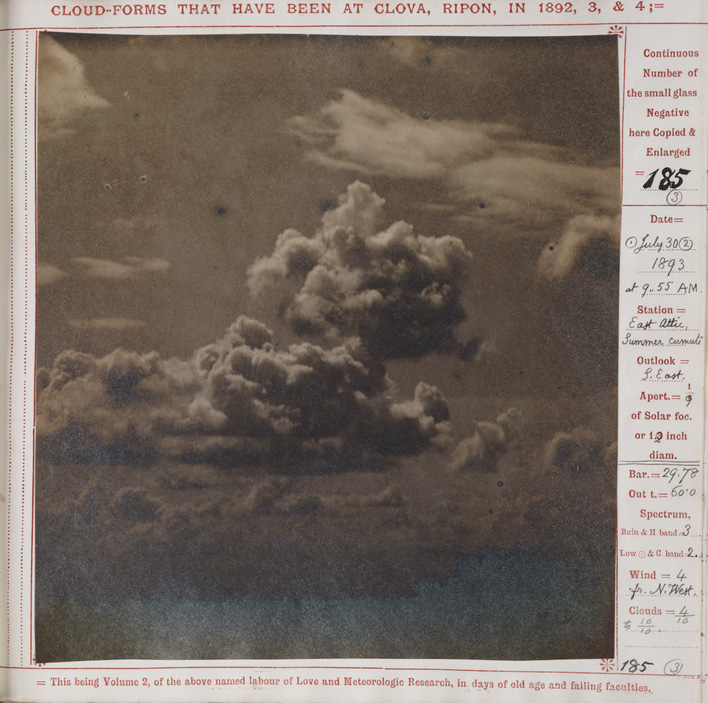

Below Francesca describes her experience:
‘I discovered the collection thanks to a visit with my professors and MA group. In November 2017 we spent 4 days exploring it, and I used some items to practice in researching and develop one of our assignments. It was really a wonderful opportunity and I was happy when I had to be back at the archive to work on my dissertation.
‘It is always an exciting experience when you can finally view the objects of your research. Sometimes before handling the real object you don’t fully realise its complexity. I often have to work with digital reproductions, but the opportunity to study a photographic object by exploring its materiality was extremely useful.
‘The collection is an important part of my dissertation work and it holds important items connected to my subject of study. I had the opportunity to have a closer insight into Smyth’s production which helped me understand his activity in different fields better. The objects I saw stimulated my research and opened new paths that I had not thought of exploring.’
Richard’s visit: Cherry and Richard Kearton (books and cameras)
Richard runs a gallery in a former school building in Muker, a village located in Swaledale, North Yorkshire. The Old School Gallery and Craft Shop happens to be the former school of brothers Cherry and Richard Kearton, pioneering wildlife photographers whose cameras and books we have in our collection. You can read more about this via the Old School website, and each brother is memorialised via a blue plaque at the site.
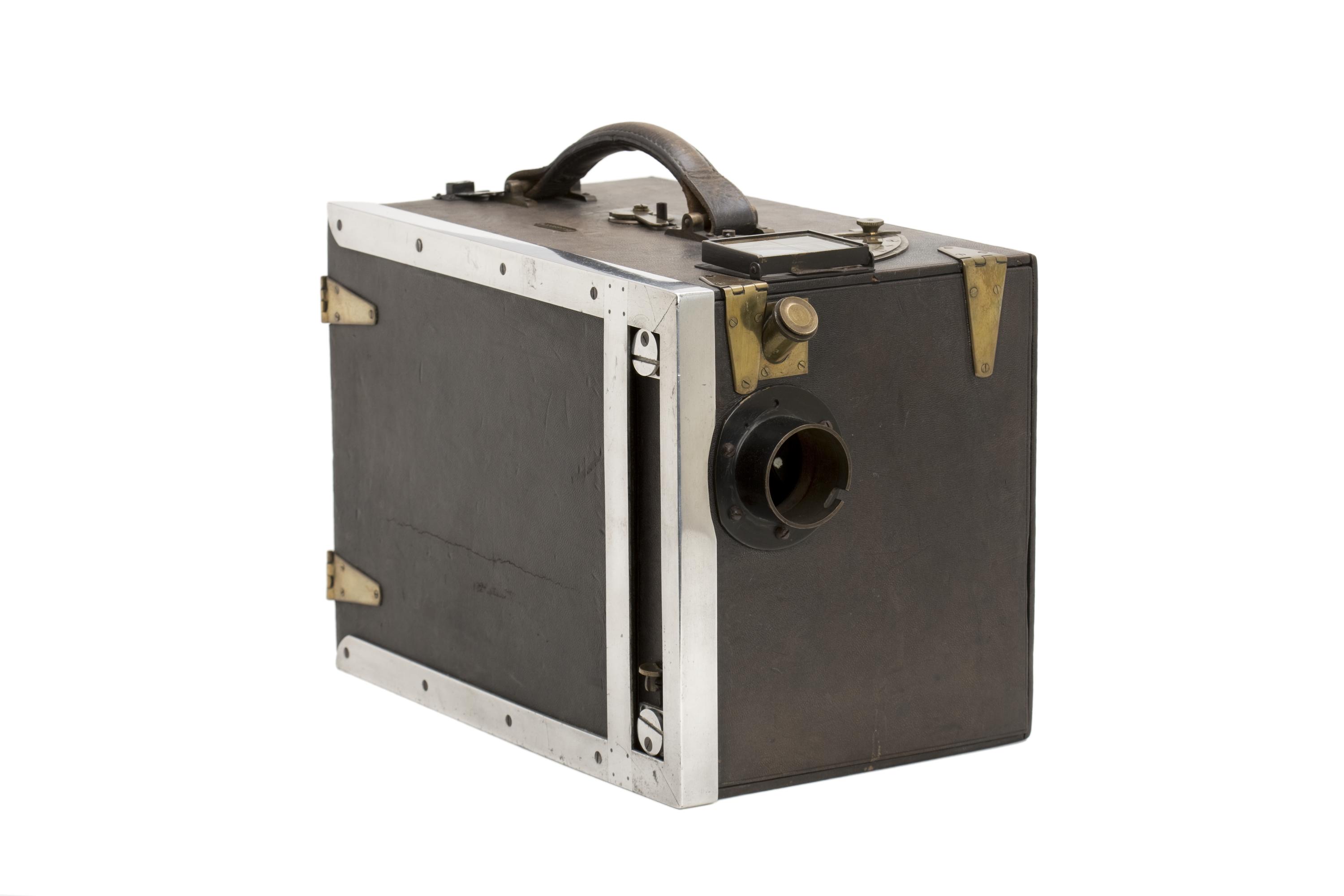
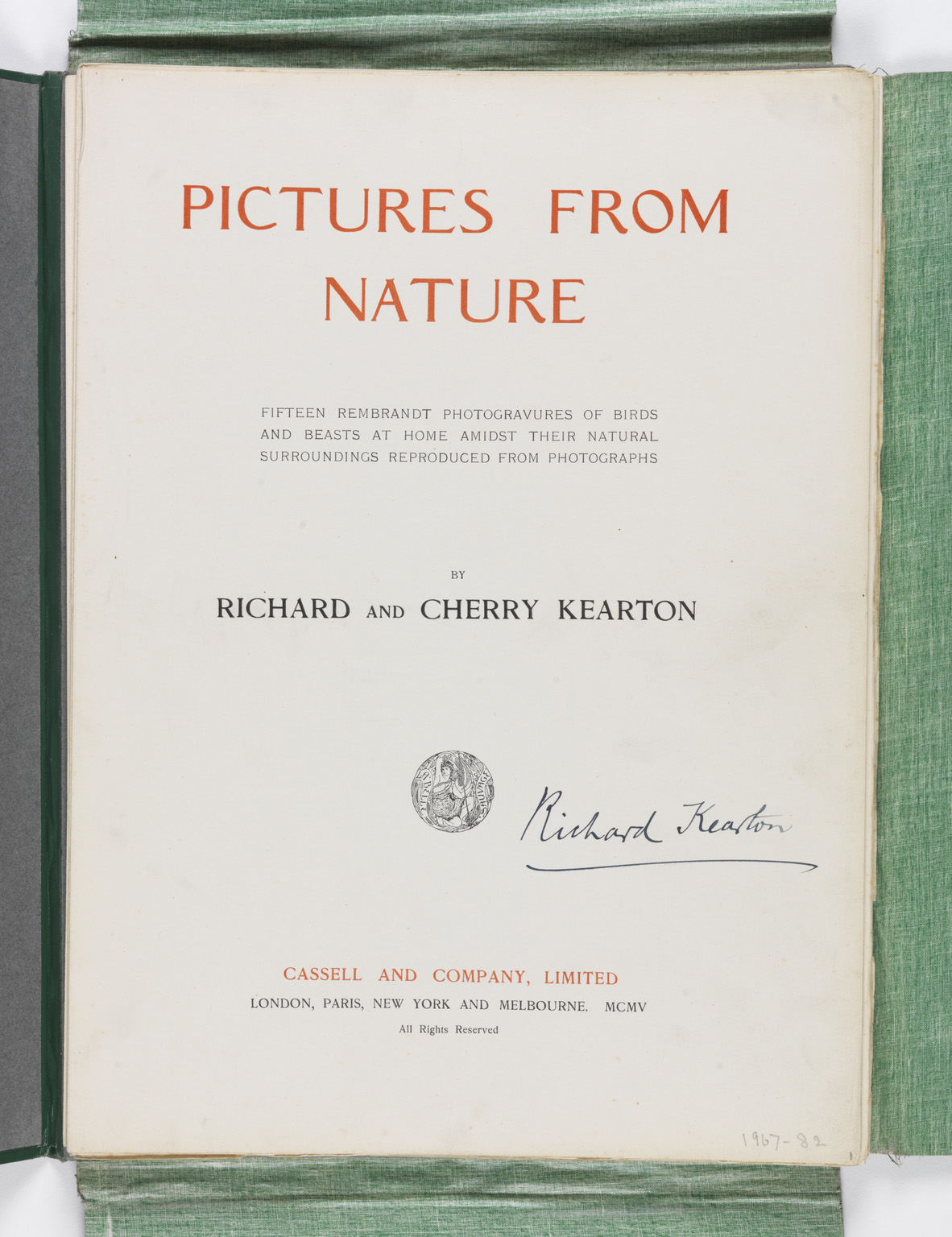
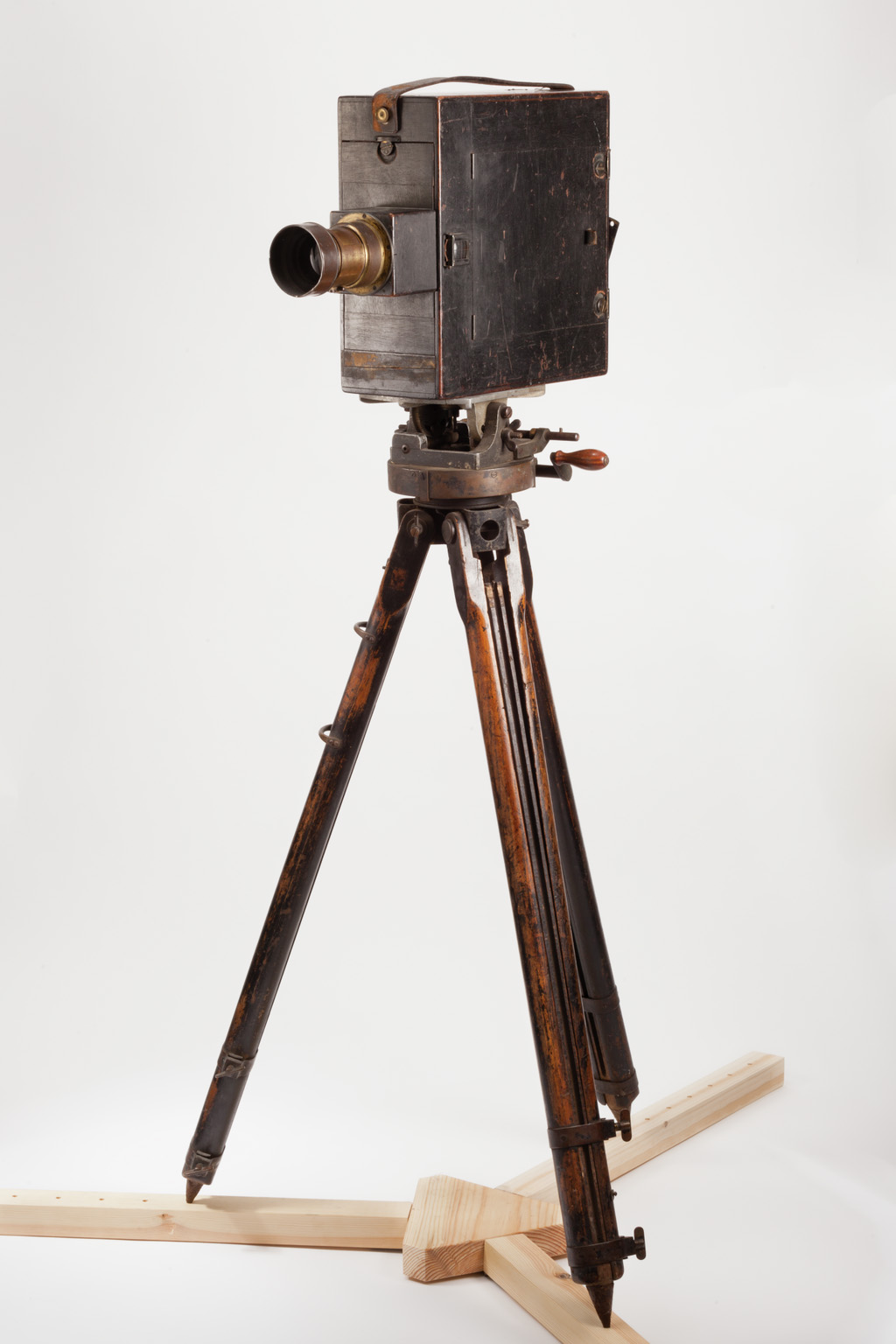
Richard says:
‘I guess I’d be classed as an amateur researcher, whose interest in the Keartons stems from owning the property (now a gallery) where they attended school; reading about them; and coming to understand the high regard and pride the local population have in them. In the 19th century Swaledale was a very remote place, with farming and lead mining as the two main occupations. There would have been little opportunity to ‘escape’. Given their beginnings it’s doubly amazing the Keartons achieved what they did. Below is a quote from a history of the school by the last teacher who taught at the school before it closed in the 1970, some of which focused on the poor standard of education in the late 19th century:
“When Mr Sowten (teacher) took over, he, too confirmed the above. 27-5-1887: I have spent the greater part of the week examining the children. I find they know nothing about arithmetic, spelling is very bad and writing will require great attention. However, having said all that Mr Myers did manage to turn out our two most distinguished pupils, Richard and Cherry Kearton. They were pioneers of photography of wild life and wrote books and lectured on natural history…”
‘… on the Keartons’ books, The Rev Cooke (1894) writes “the book is well spoken of by Her Majesty the Queen, Mr Gladstone, Sir John Lubbock and many others”.
‘I’ve known of the museum for a while, but when researching the Keartons came across a newspaper article about the museum acquiring the Keartons’ equipment.
‘As a photographer, seeing the actual equipment the Keartons used was quite a special moment, and brought home the real constraints (weight, size, need for tripods, lack of long lenses, etc.) they had to work with and the ingenuity and persistence they needed to get their shots. With today’s modern equipment we’re absolutely spoiled! Looking at the books just brought home the quality—technically and artistically—of their work.
‘The aim is to hold an exhibition of the Keartons’ work and equipment. Understanding what’s available is key to this and well as delving more into their background and links to Swaledale from their books.
‘As per the above, we hope to bring the Keartons ‘back to Swaledale’ for a temporary exhibition, but perhaps have some prints to add to the permanent display of historical photographs in the Village Institute. There’s a huge amount of interest in the Keartons, both from the local population and from the many visitors to the Yorkshire Dales.’
3. Scott’s visit: Ashton and Leakey Collection (Hammer Horror)
Scott came to view materials from our Ashton and Leakey Collection, which includes props, images, and ephemera associated with the Hammer Horror films.
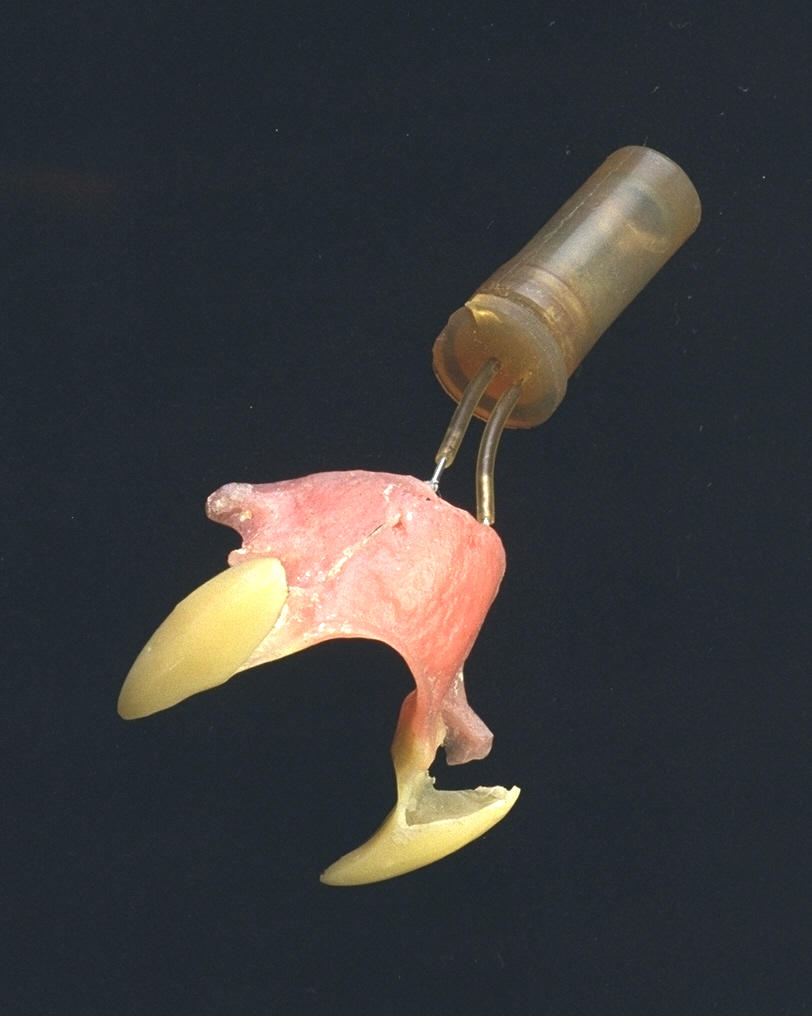

In Scott’s own words:
‘I work in education but on the side I write and direct my own films… a lot of the time, horror! I was told through word of mouth that there was a horror collection at the museum, so I enquired through the website.
‘It was an absolute privilege to experience the collection. I was very welcomed and trusted, and there was always someone there to help if needed. It was pretty emotional to view items from films over 50 years old, knowing that they had been viewed by millions of people.
‘My research was partly as a fan, but also to look at practical effects and how they were used. I would like to use practical effects in my short horror films instead of relying on CGI.
‘[My long term plans are] learning how Roy Ashton achieved practical effects, so I can use them in my films.’
4. Nicola’s visit: Vogue and Edwardian photograph albums
When I first started working at the museum I was surprised to find that we have many editions of Vogue in the library, dating back to the early 20th century. Nicola, a student at Bradford University, has been using this resource (and previously our collection of Edwardian photograph albums) to inspire her work in media makeup and special effects.
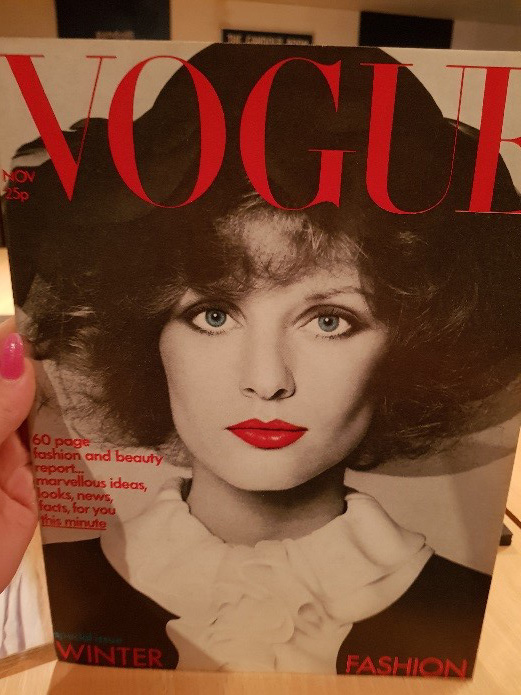
In her own words Nicola describes how she came to visit our collection:
‘I study at Bradford University, studying media makeup and special effects. I was ringing round loads of different museums and looking online to see which one would help me most and once I had been and seen the research it helped me loads.
‘I rebooked back in a few times: I have been to see Edwardian photo albums to help me with my practical assessments; I came for research on the 1940s to help me with a PowerPoint presentation; and last time I came to research the 1970s—it was a fashion practical assessment I was doing, so Vogue was a huge influence and gave me some great ideas about what I could do for the hairstyles etc.
‘I have another 2 years yet at university and will definitely be returning as the research here does benefit me a lot.’
Nicola has generously shared some of the amazing results of her research:


How amazing to see our collection transformed into 21st-century art!
Thank you to Francesca, Richard, Scott and Nicola for sharing their work, and I’m really looking forward to writing about our visitors in May Research Week and beyond!
If you want to experience our collections up close, you can read more about what we offer, and contact research@scienceandmediamuseum.org.uk if you’d like to come and visit.